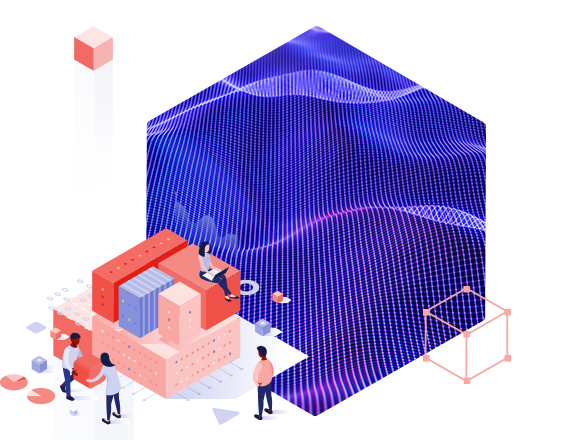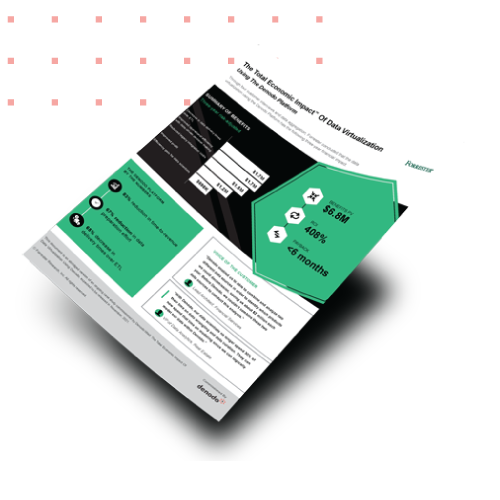Enterprise data is diverse, growing, and distributed across cloud and regional boundaries, as the data management ecosystem is constantly evolving. A data fabric is a flexible, reusable, and powerful data management approach that is critical for any digital transformation, data governance, or advanced analytics initiatives. A logical data fabric, powered by data virtualization, enables enterprises to integrate, manage, and deliver their distributed data to any user, in real time, regardless of the location, format and latency of the source data.
With the mainstream adoption of data science, advanced analytics, artificial intelligence, and machine learning - data lakes, whether on-premises or in the cloud, are becoming increasingly important for organizations. At the same time, data warehouses and operational data stores are still important for various business intelligence (BI) and analytical purposes. As much as one may want to move all data into a data lake or a data warehouse, it is practically impossible. In addition, constant IT budget pressure and the lack of skilled data engineers and data management professionals make it inevitable that every organization will need to automate as much of its IT processes as possible. Organizations urgently need to stitch all the data repositories and apps together with a logical data fabric architecture, in which metadata activation, artificial intelligence/machine learning (AI/ML), semantics, and knowledge graphs are key components.

Helping organizations to establish centralized data privacy, security, and governance.
A logical data fabric is a composable architecture in that its necessary components, such as the data integration layer, data catalog, AI/ML engine, and semantic layer, can be a combination of different sets of tools. But a tightly integrated platform that offers all the necessary components of a logical data fabric always offers the optimal outcome as opposed to multiple different tools and technologies glued together through complex coding and connectivity options. More importantly, a logical data fabric with data virtualization as the underlying data integration approach avoids the replication of data and is critical in providing real-time, aggregated views of data across hybrid/multi-cloud environments while bringing down costs, accelerating time-to-insight, and helping organizations to establish centralized data privacy, security, and governance.
- A multi-location architecture supporting multi-cloud, hybrid, and edge scenarios without sacrificing performance, security, and governance, providing location transparency and minimizing expensive data movement between different locations.
- Unparalleled performance, supported by advanced optimization techniques, including parallel processing, push-down optimization, and caching, to name a few.
- An intelligent data catalog that is tightly coupled with the data delivery layer for automated data discovery, smart data search, and data sharing with the user community.
- An industry-leading recommendation engine for performance acceleration based on past execution patterns and automatic recommendation of datasets in the data catalog.
To learn more about the benefits of logical data fabric, read the Forrester TEI Report.





